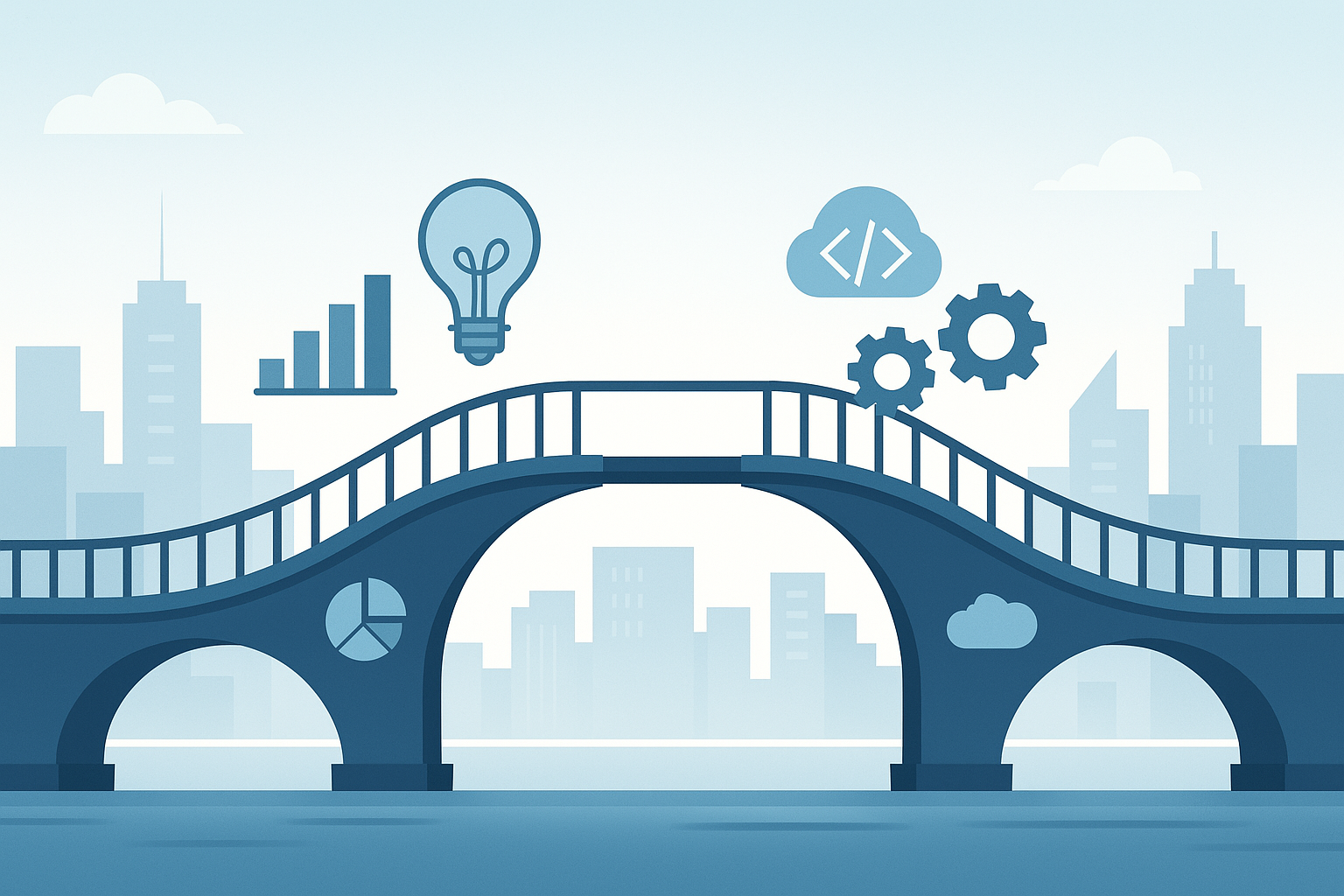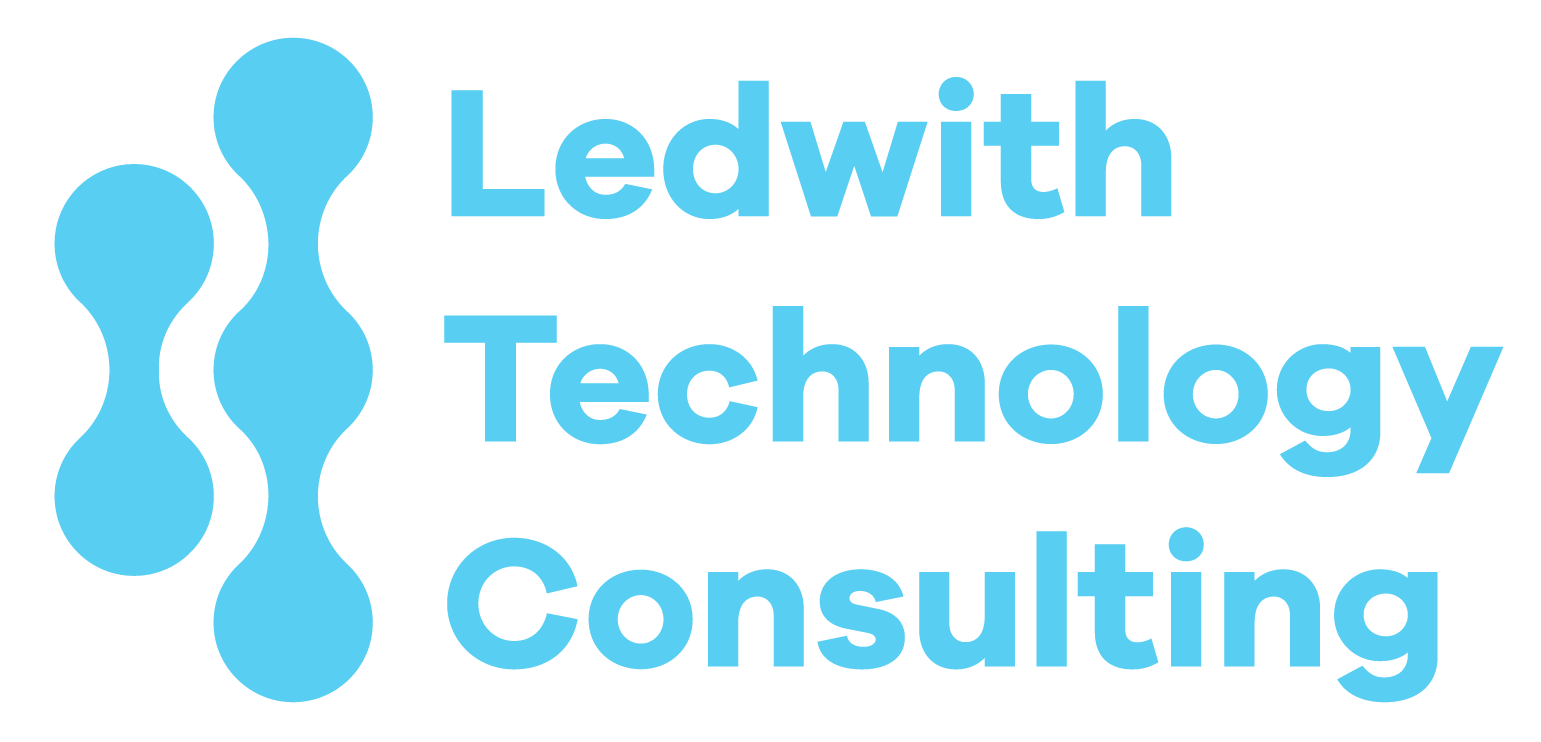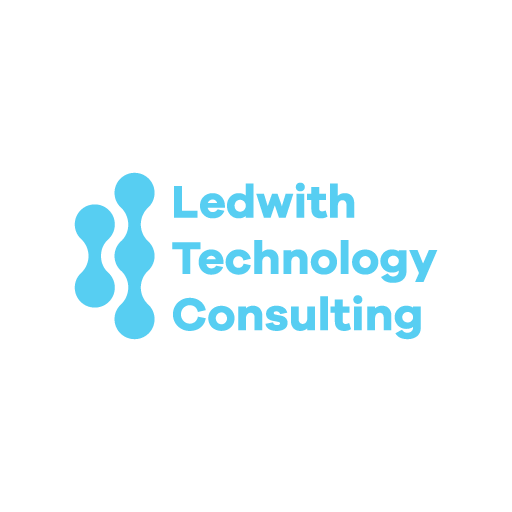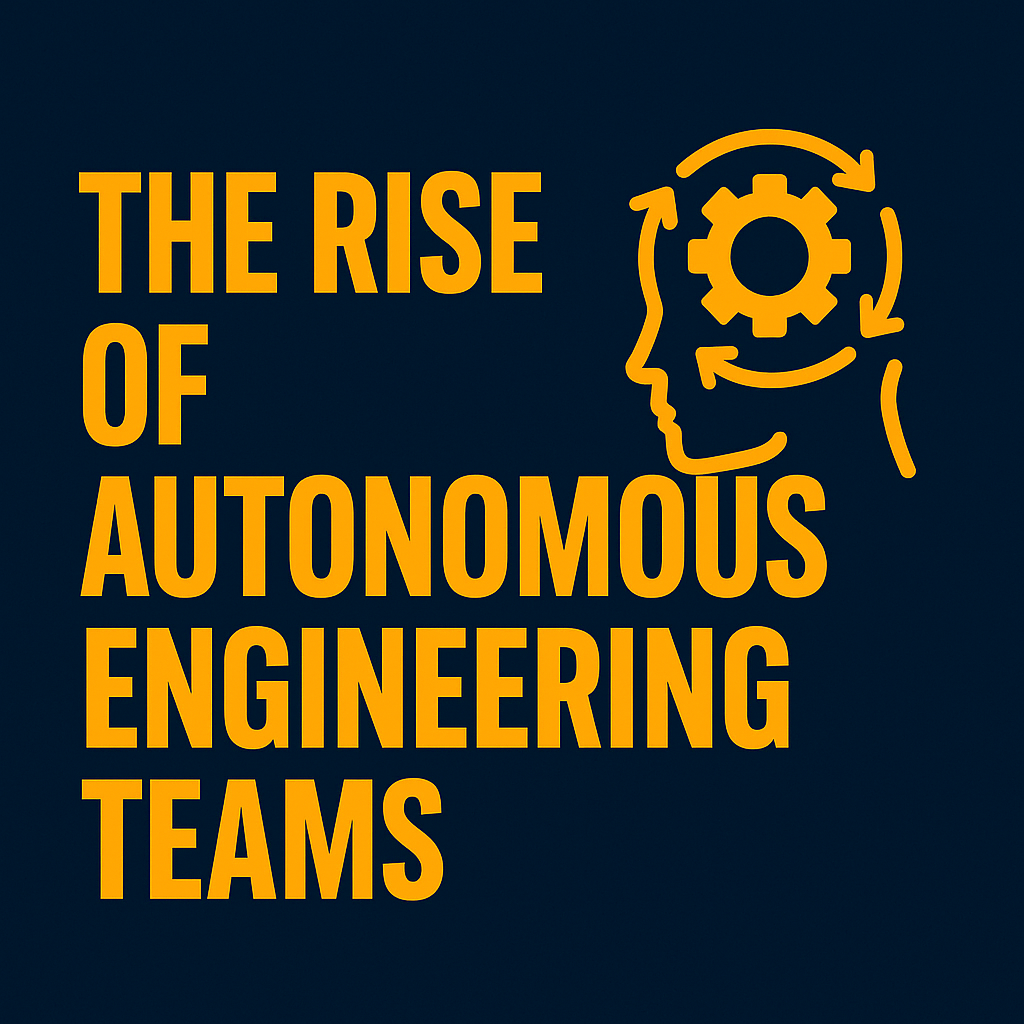By Stephen Ledwith July 13, 2025
In high-performing tech organizations, the traditional friction between product and engineering is shifting from a point of conflict to a powerful creative tension. Collaboration isn’t a meeting cadence or a RACI diagram—it’s a mindset grounded in shared responsibility for outcomes. And in 2025, the teams getting this right are reaping the rewards in speed, clarity, and culture.
“When engineering and product collaborate well, you don’t just build faster—you build the right thing.”
— Stephen Ledwith
Across my leadership experience—scaling engineering teams from 6 to over 100 engineers—I’ve seen this collaboration play out in multiple flavors. In some teams, product owns strategy and engineering delivers. In others, engineering drives architecture and product retrofits value. But in the highest-functioning teams, product and engineering meet in the middle: product brings the problem space, engineering shapes the solution space, and both iterate toward impact.
What makes this work isn’t process. It’s clarity. Product and engineering don’t need to agree on everything. But they do need to agree on what matters. When both sides align on outcomes—like user value, performance, and long-term scale—decisions become easier. Collaboration isn’t consensus. It’s co-ownership. When engineers understand the “why,” and product managers understand the “how,” delivery gets smoother, and risk gets surfaced early.
🎧 In Episode 8 of The Architect and The Executive, the hosts explore this dynamic:
“Engineering isn’t just about technology. Product isn’t just about features. It’s all about solving the problem together—and making space to disagree without losing velocity.”
That’s a theme I’ve emphasized again and again in team-building: disagreement isn’t dysfunction. In fact, when people care deeply about outcomes, they’ll challenge assumptions. The real failure is when those challenges never surface—when engineers are silent or product plows ahead unchecked. Healthy tension isn’t a problem; it’s a prerequisite for innovation.
In planning, this shows up as mutual curiosity. I’ve led teams where the most effective roadmapping sessions weren’t about tickets—they were about trade-offs. We didn’t just estimate velocity; we asked whether the problem was worth solving in the first place. The best delivery cycles began with shared goals, not sprint goals. The deliverables were sharper because the team had interrogated the “why” before committing to the “what.”
🎧 In Episode 10, the podcast nails this tension:
“There’s always more to build than you have time. But good product-engineering partnerships create clarity—not just scope. They protect focus.”
 Protecting focus has become even more essential in today’s hybrid, fast-moving work environments. Remote teams need more explicit context sharing. Fast-paced teams need tighter feedback loops. And leadership needs to set the tone: collaboration is expected, not optional. I’ve found that setting the right expectations across functions—around autonomy, ownership, and accountability—is what prevents bottlenecks before they appear.
Protecting focus has become even more essential in today’s hybrid, fast-moving work environments. Remote teams need more explicit context sharing. Fast-paced teams need tighter feedback loops. And leadership needs to set the tone: collaboration is expected, not optional. I’ve found that setting the right expectations across functions—around autonomy, ownership, and accountability—is what prevents bottlenecks before they appear.
It’s also critical to treat collaboration as cultural infrastructure, not just organizational structure. You can’t mandate collaboration by rearranging reporting lines. You have to invest in trust. That means shared planning, open channels for dissent, and regular conversations where product and engineering leads discuss not just the roadmap—but how they work together.
One principle I’ve returned to throughout my career is this: when collaboration is strong, you can do more with less. Not because your teams are working harder, but because they’re working on the right things. They waste less time building features no one needs. They refactor less because the right people reviewed the architecture early. They ship faster because there’s less ambiguity at every level.
As emerging technologies like generative AI, distributed orchestration, and real-time analytics enter the fold, the complexity of building products will only increase. But the core of collaboration—shared outcomes, mutual respect, intentional communication—will remain the foundation.
“The orgs that win in 2025 won’t build faster—they’ll build together.”
— Stephen Ledwith
Citations
- The Architect and The Executive, Episode 8, “When Product & Engineering Are At Odds”
- The Architect and The Executive, Episode 10, “Focus, Not Just Scope”
- Teresa Torres, Continuous Discovery Habits, Product Talk (2021)
- Marty Cagan, Empowered: Ordinary People, Extraordinary Products, SVPG (2020)
- “The Developer Experience Gap,” McKinsey & Co., April 2023




